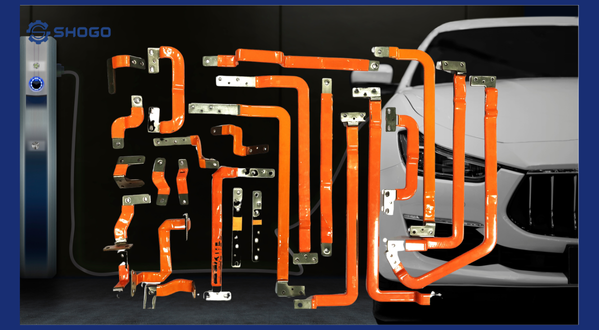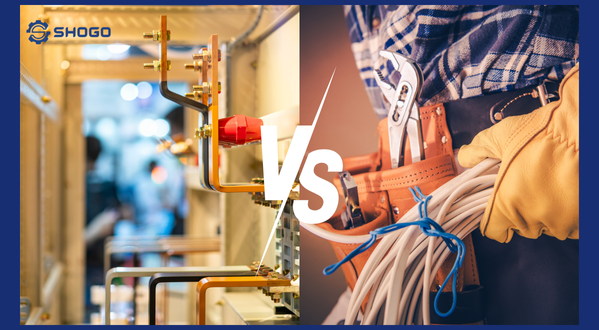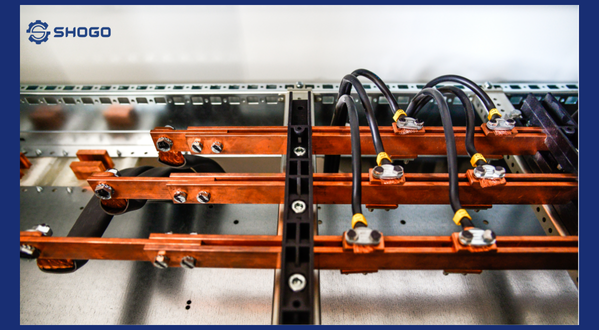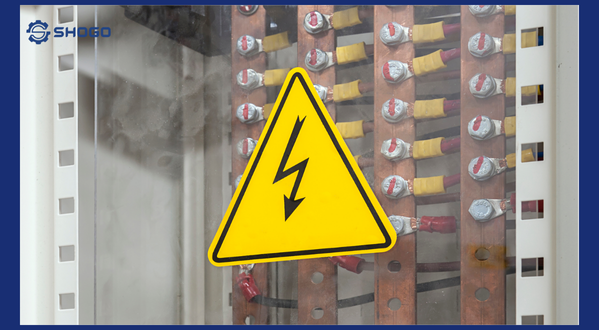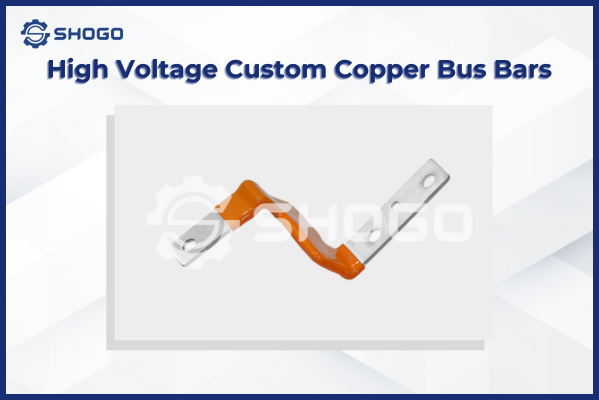
Introduction
High-voltage power systems form the backbone of the modern economy, ensuring the efficient and safe transmission of electricity from power plants to consumption areas. At the heart of these systems lie busbars, which play a crucial role in connecting high-voltage electrical equipment and carrying high-current electricity. This article provides a comprehensive overview of busbars, covering their construction, function, classification, selection, and applications in high-voltage power systems.
1. Construction and Working Principle of Busbars
Busbars are constructed from conductive metal bars, typically made of copper or aluminum, with a large cross-sectional area and insulated by specialized materials. These metal bars are connected together using welds or bolts, forming a complete conductive system.
The working principle of busbars is straightforward:
- Receiving power from the source: Busbars receive power from the main source, usually a transformer, at high voltage and current levels.
- Power distribution: Busbars distribute power to other equipment in the high-voltage power system, such as circuit breakers, capacitors, transformers, etc., through branch conductors.
- Reducing power losses: Due to their large cross-sectional area, busbars minimize power losses during transmission, enhancing the efficiency of electricity usage.

High Voltage Custom Copper Bus Bars
2. Main Functions of Busbars in High-Voltage Power Systems
Busbars serve several critical functions within high-voltage power systems:
- Power distribution: This is the primary function of busbars, channeling electricity from the main source to other system components.
- Equipment interconnection: Busbars connect high-voltage electrical equipment together, forming a complete conductive network.
- Reducing power losses: With their large cross-sectional area and high conductivity, busbars minimize power losses during transmission, improving power utilization efficiency.
- Enhancing system reliability: Manufactured from high-quality materials, busbars withstand high loads and operate stably, contributing to the reliability of high-voltage power systems.
- System protection: Busbars are equipped with protection systems like overload relays and short-circuit relays to safeguard high-voltage power systems from hazardous faults.
3. Classification of Busbars in High-Voltage Power Systems
Based on their installation location and structure, busbars are categorized into two main types:
- Outdoor busbars: This type is installed outdoors, commonly used in substations and power plants. Outdoor busbars must be designed to withstand harsh weather conditions like rain, wind, storms, snow, etc.
- Indoor busbars: This type is installed indoors, typically found in switchgear and power plants. Indoor busbars require protection from dust, humidity, and corrosive agents.
Additionally, busbars are classified based on system voltage, system current, shape, and other factors.
4. Selecting the Right Busbar for High-Voltage Power Systems
Choosing the appropriate busbar for a high-voltage power system depends on several crucial factors:
- System voltage: The busbar must withstand the system voltage without breakdown.
- System current: The busbar must conduct the system current without overheating.
- Installation environment: The busbar must be suitable for the installation environment, e.g., outdoor busbars need to withstand harsh weather conditions.
- Size: The busbar size should match the switchgear or substation dimensions.
- Material: Busbars are commonly made of copper or aluminum. Copper offers higher conductivity but is more expensive than aluminum.
- Cost: Busbar prices vary based on factors like material, size, and manufacturer. Carefully balance cost and quality to select the most suitable product.
5. Applications of Busbars in High-Voltage Power Systems
Busbars find extensive applications in high-voltage power systems, including:
- Substations: Busbars play a vital role in distributing power from transformers to transmission lines and other substation equipment.
- Power plants: Busbars connect generators to transformers and other power plant equipment.
- Power grids: Busbars are employed in power transmission and distribution systems across all voltage levels.
6. Considerations when using Busbars
- Install and operate busbars according to the manufacturer’s instructions.
- Conduct periodic inspections of busbars to ensure safe and efficient operation.
- Protect busbars from harmful agents like dust, humidity, chemicals, etc.
- Address any faults promptly to prevent hazards.
7. Conclusion
Busbars are indispensable components of high-voltage power systems, ensuring efficient and safe power transmission. Selecting and utilizing the right busbars contribute to enhanced system performance and reliability.






